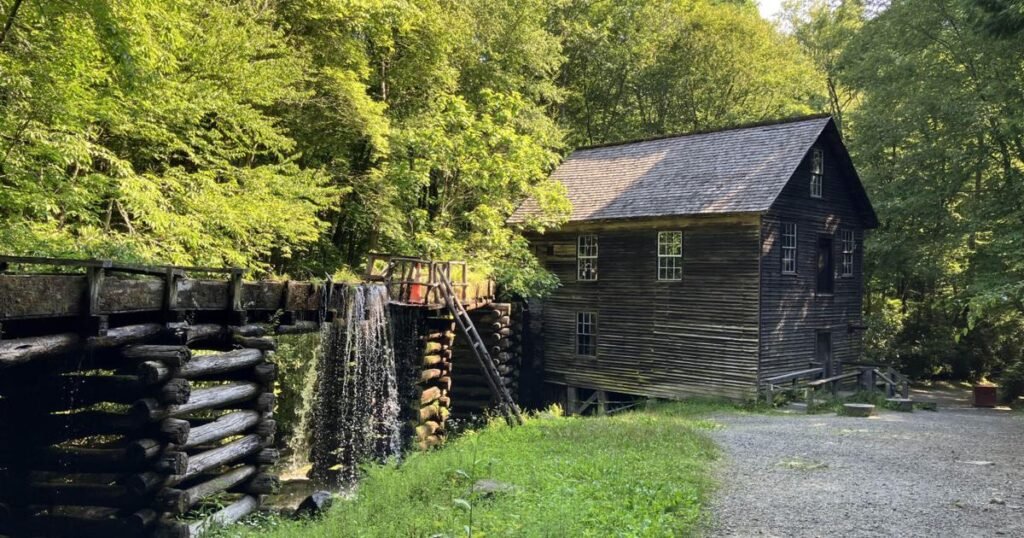Preserving History: The Hidden Treasures of Great Smoky Mountains National Park
There’s something magical about standing in the misty valleys of the Great Smoky Mountains, knowing you’re surrounded by not just natural beauty, but layers of human history stretching back centuries. I’ve spent countless hours exploring these ancient mountains, and each visit reveals something new about the rich cultural tapestry woven into the landscape.
While most visitors come for the breathtaking vistas and diverse wildlife, many don’t realize they’re walking through one of America’s most impressive outdoor museums. The Smokies isn’t just about nature – it’s a living testament to the people who called these mountains home.
A Natural Museum: The Smokies’ Historical Collection
Though the 1916 Organic Act requires all national parks to preserve natural and historic objects alongside wildlife, the Great Smoky Mountains National Park has earned special recognition for its dedication to honoring history. The numbers alone are staggering:
- Over 20,000 historic objects (quilts, tools, furniture, paintings)
- 150,000+ archaeological artifacts
- 300,000 preserved items in total
Walking through Cades Cove or Cataloochee Valley, I’m always struck by how these preserved homesteads and communities tell stories that textbooks simply can’t capture. The park manages to maintain over 90 historic structures – log cabins, barns, churches, and gristmills – each one a chapter in the mountain people’s story.
Beyond Buildings: The Living Culture of Appalachia
What makes the Smokies truly special is how it preserves not just physical artifacts but the intangible heritage of Appalachian culture. The museum curators don’t just collect objects; they’re safeguarding traditions, crafts, music, and ways of life that might otherwise fade away.
I remember watching a demonstration at the Mountain Farm Museum where a park ranger showed visitors how mountain women would card wool and spin yarn. The simple wooden tools in her hands weren’t just museum pieces – they were being used exactly as they had been a century ago, keeping traditional knowledge alive.
Stories Behind the Artifacts
Each quilt, handcrafted chair, or iron kettle in the park’s collection tells a human story. These weren’t luxury items but essential tools for survival in the rugged mountain environment. The families who lived here before the park’s establishment in 1934 left behind a material record of remarkable self-sufficiency and ingenuity.
During spring visits, I love to see the heirloom gardens planted around historic homesteads, growing the same vegetable varieties mountain families relied on generations ago. These living exhibits connect visitors to the past in ways that static displays never could.
Archaeological Treasures: Deeper Layers of History
Beyond the visible historic structures, the park’s archaeological collection reveals much older human connections to this landscape. Native American presence in the Smokies stretches back at least 10,000 years, and carefully preserved artifacts help tell their stories too.
Park archaeologists have documented hundreds of sites throughout the mountains, from ancient settlements to the remains of early European-American homesteads. This work requires incredible precision – each artifact must be carefully cataloged and preserved to maintain its historical context.
Preserving for Future Generations
The preservation work happening in the Smokies isn’t just about honoring the past – it’s about ensuring these stories remain accessible for generations to come. Climate-controlled storage facilities, meticulous documentation, and ongoing research all help protect these irreplaceable collections.
I’ve watched park staff carefully restore century-old photographs and documents, treating each item with the reverence it deserves. Their dedication ensures that visitors can continue to connect with mountain history in authentic, meaningful ways.
Experience History for Yourself
If you’re planning a trip to the Smokies, I highly recommend making time for the park’s historic areas. The Mountain Farm Museum near Oconaluftee Visitor Center, Cades Cove’s preserved community, and Mingus Mill offer immersive glimpses into mountain life that complement the natural wonders perfectly.
During summer months, living history demonstrations bring these places to life, with skilled interpreters demonstrating traditional crafts and sharing stories of mountain resilience.
The Great Smoky Mountains aren’t just America’s most visited national park – they’re one of our most important cultural treasures, preserving a unique chapter of Appalachian history that might otherwise have disappeared into the mist.
So next time you visit, take a moment between waterfall hikes and wildlife spotting to appreciate the human stories preserved in these ancient mountains. You’ll discover a whole new dimension to this beloved landscape.

